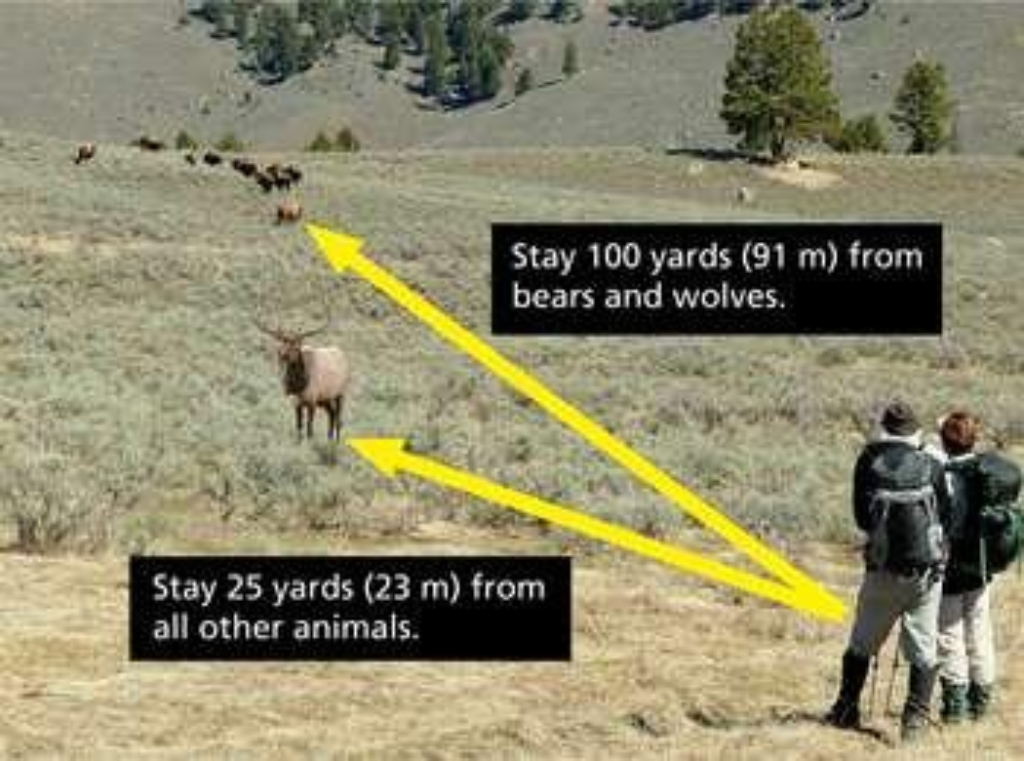
Wolves are highly social animals and live in packs. The pack is a complex social family with older members (often the alpha male and alpha female) and subordinates. Each member has its own personality traits and roles within the pack.
Packs defend their territory from other, invading packs by howling and scent marking with urine.
In Yellowstone, the average pack size is 10 individuals. Around the world, the pack size will depend on the size and abundance of prey.
Osborne Russell (1834–1843)
“We stopped at this place and for my own part I almost wished I could spend the remainder of days in a place like this, where happiness and contentment seemed to reign in wild, romantic splendor, surrounded by majestic battlements which seemed to support the heavens and shut out all hostile intruders."
~ Osborne Russell, explorer in the Yellowstone region, 1834-1843, on the Lamar Valley
Wildlife Watching
The northern range of Yellowstone is one of the best places in the world to watch wolves.
Animals are Dangerous
- Do not approach or feed any animal.
- Bison and elk have injured people.
- Stay 100 yards (91 m) from bears and wolves.
- Stay 25 yards (23 m) from all other animals.
You are responsible for your safety.
Think Safety, Act Safely. Yellowstone is a Dangerous Place.
Is there something we missed for this itinerary?
Itineraries across USA


















































